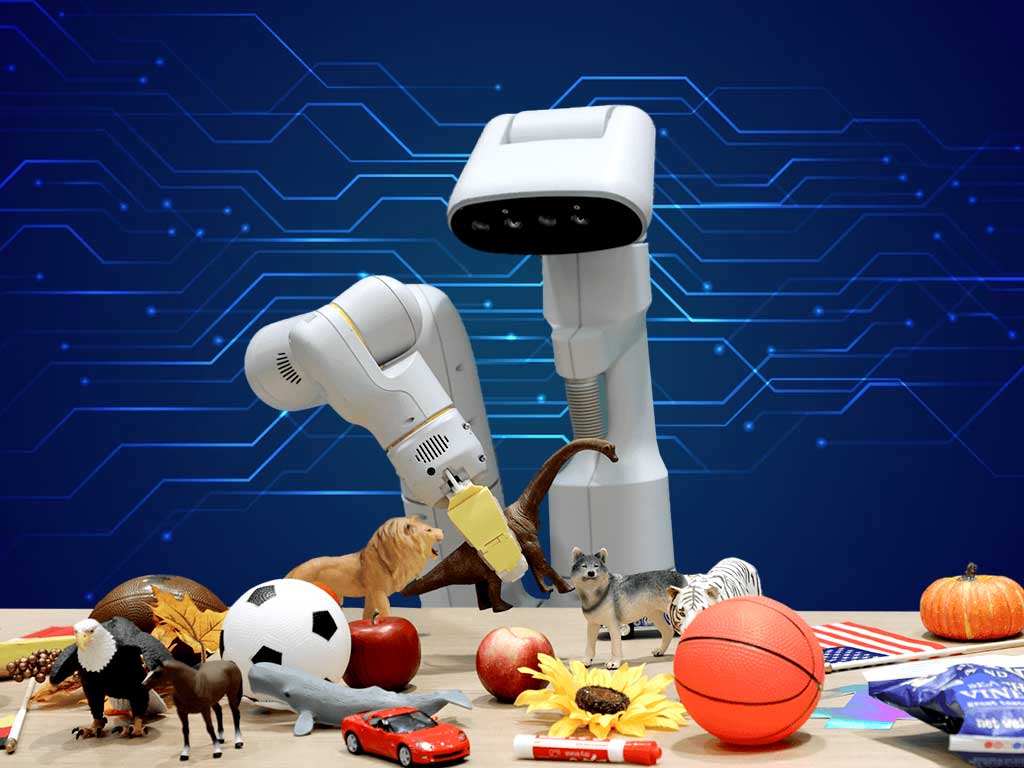Google’s DeepMind Introduces RT-2

July 31, 2023, New Jersey: DeepMind, the renowned AI research organization backed by Google, has made a groundbreaking revelation, introducing RT-2, an advanced version of their robotics transformer model that seamlessly integrates vision, language, and action. This remarkable innovation aims to revolutionize how humans interact with machines, paving the way for more intuitive and real-time communication.
Advancing Robotics with RT-2
The key breakthrough of RT-2 lies in its unique approach to understanding robot actions. By treating robot movements as a form of language, this large language model is capable of processing coordinate data, or degrees of freedom, representing the robot’s movements in space. This coordinate data, together with text and images, is skilfully integrated into the model’s training, allowing it to generate meaningful actions for robots on the fly.
Building on Past Success
RT-2 is built upon the foundation laid by Google previous vision-language models, PaLI-X and PaLM-E. While its predecessors focused on image and text tasks, RT-2 takes the concept further by not only generating action plans but also providing precise coordinates for fluid movement in space, making human-robot interactions more seamless and efficient.
Real-time Interaction Made Easy
The ultimate goal of RT-2 is to enable users to give real-time instructions to machines in a conversational and straightforward manner. Much like interacting with OpenAI’s ChatGPT, users can interact with robots effortlessly, making human-machine collaboration more intuitive than ever before.
Generalizing to New Situations and Objects
One of the most remarkable aspects of RT-2 is its ability to adapt and generalize to new situations and objects. Through reasoning and understanding of symbols, the model can recognize and interact with objects in real-world scenarios, even when these objects were not part of its training data. This adaptability enhances its decision-making capabilities when performing complex tasks like object manipulation and movement.
Improved Proficiency Over Predecessors
During the rigorous training process, RT-2 is exposed to a vast dataset containing various combinations of images, text, and robot action data. This comprehensive training contributes to the model’s superior proficiency compared to its predecessor, RT-1, making it a significant advancement in the field of robotics.
Unlocking New Possibilities
With its unique integration of low-level physics programming with language and image neural nets, RT-2 holds immense promise for enhancing human-machine interactions in real-world scenarios. By generating coordinated actions based on natural-language prompts, the model opens up new possibilities for more intuitive, efficient, and intelligent interactions with robots.
DeepMind’s RT-2 marks a momentous achievement in the world of robotics, bridging the gap between vision, language, and action. As this technology continues to develop, it could shape a future where humans and machines collaborate effortlessly, propelling innovation and productivity to new heights.

